Kevin – Wednesday. An early start two days in a row. Up at 5 AM before the sun and on the road at 6 AM headed back to Devil’s Backbone (aka Avenue of Rocks) which we stopped just short of yesterday.

The Backbone is a line of rock strata upended at an extreme angle – about 65 degrees from level. The line extends for well over a mile with some small gaps. Other examples are the Garden of the Gods at Denver and the ‘flatirons’ of Utah’s eastern side of San Rafael Swell
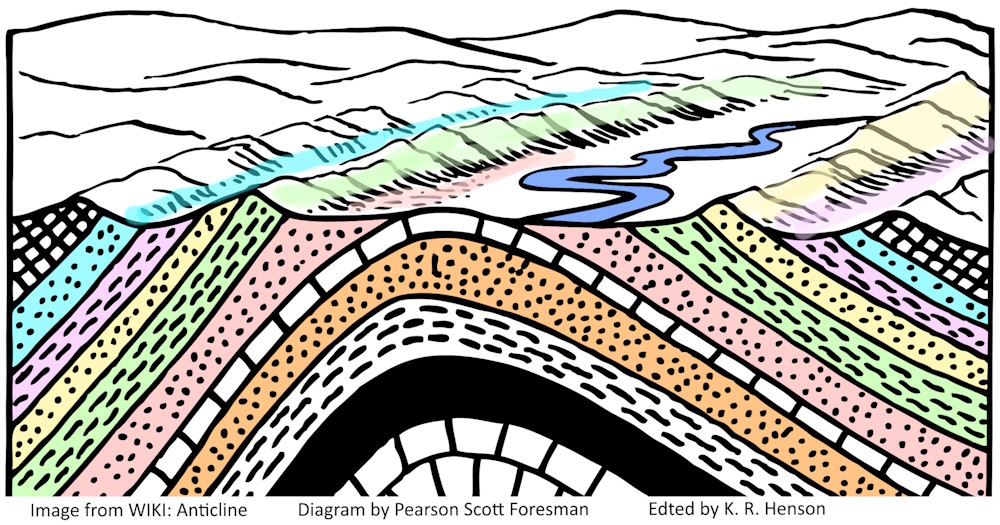
The trail originally went through a small gap which was gradually widened. The dirt road goes through a section blasted away much later. Denny and Mark start today off riding downhill for a mile or so, then they begin a long, slow, 12-mile ascent of a gradual incline that will culminate at Prospect Hill (aka Ryan’s Hill).
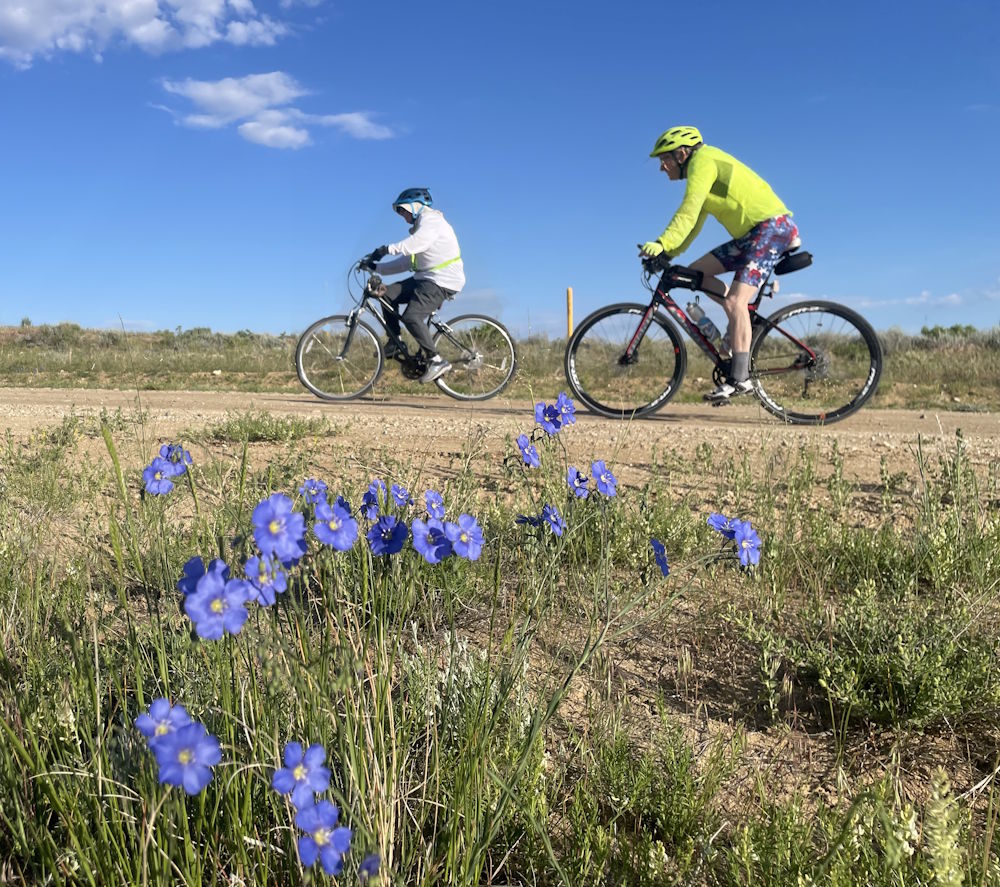
Along the way, our little group passes many OCTA (Oregon-Califoria Trail Association) markers, a few wooden markers and a couple of cement markers. All celebrate and identify the route as part of the Oregon-California-Mormon-Pony Express routes. One of the cement markers has been knocked over being shorn off at the base.
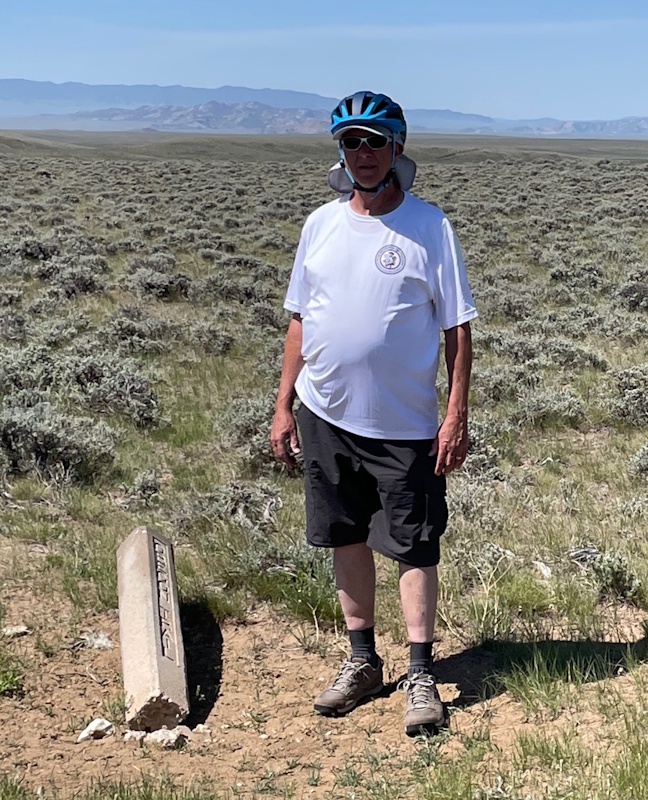
One site in particular we take a break at is Willow Springs. This was a famous stop where a series of springs provided excellent water, shade and a final rest stop before tackling Prospect Hill. The cottonwood and willow trees have all died or were cut down for the wood. The cattle watering holes and general drying of the west have rendered most of the springs waterless, though there are a few that still show a little seep.
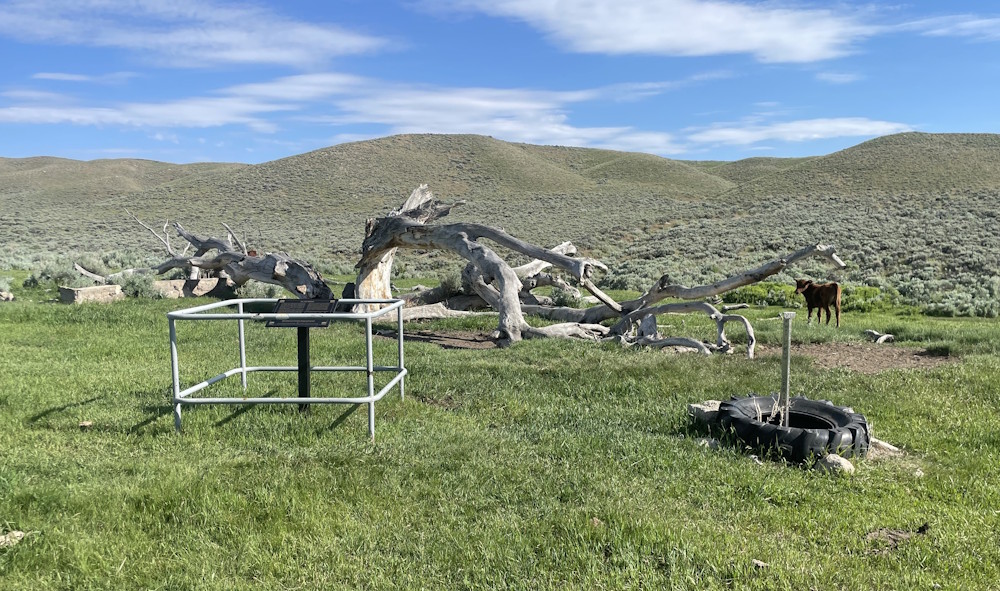
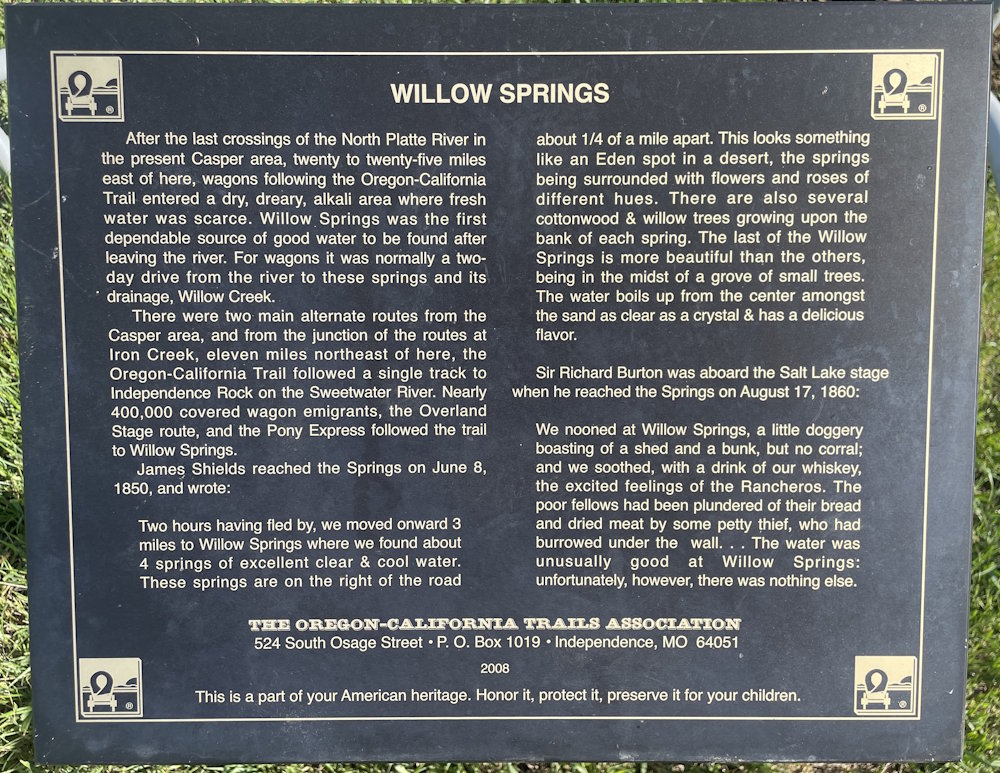
Next we start up Prospect Hill. Mark is awarded the BHOD! The original trail climbs at a 4 to 5 degree slope up a low ridgeline. The modern dirt road to its south reaches a full 10 degree slope. There are trail sections in the Black Hills that exceeded 20 degrees slope and required the pioneers to double team to get their wagons uphill.

Rounding out our day, we stop at the BLM interpretive signs at the top of Prospect Hill. The signage is nearly obliterated by the blazing sun and winter blasts. The text is all gone and most portions of the background graphics are hardly visible. The problem with creating historical interpretive signs is that then you have to maintain, repair and replace them. We just don’t fund things well enough to keep them looking good. Tell your legislators your opinion on such. IS our history important? To you?
